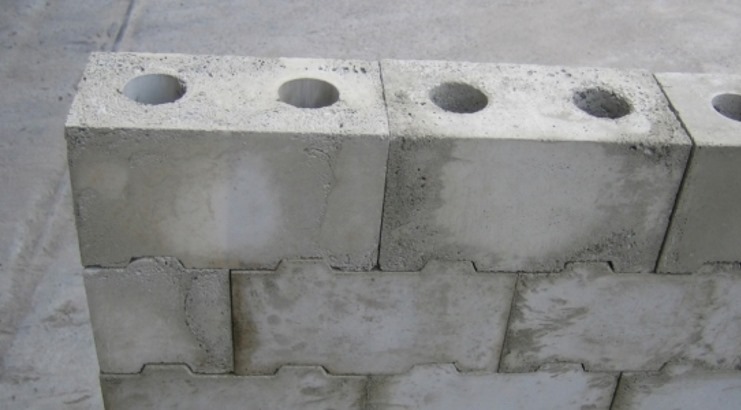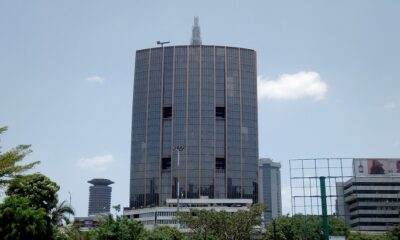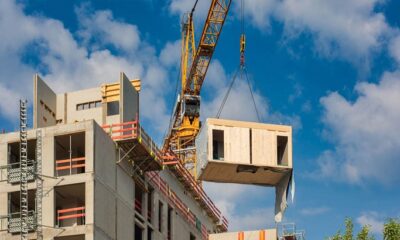Innovation
Kenya taps SA technology to lower building costs by half
The technology will be instrumental in lowering construction costs in Kenya.

The Kenyan government is banking on Appropriate Building Materials and Technologies (ABMT) to lower construction costs and improve quality and speed of construction.
ABMT refers to construction processes, building materials and tools that are safe, cost-effective, innovative and environmentally friendly, and which are acceptable to the climatic and social-economic conditions of an area.
Considering that building materials account for about 60 per cent of the total construction costs, ABMT will be instrumental in lowering construction costs in Kenya, owing to the fact that the new technologies can reduce materials cost by up to 50 per cent.
The ministry of housing has embarked on an initiative to promote appropriate building technology across the country by setting up the regional ABMT centre at Mavoko in Machakos County, 9 provincial ABMT centres and 52 constituency ABMT centres.
According to the Ministry of Lands and Housing, the low cost housing centres will be established in each constituency – in line with the Kenya Vision 2030 – to promote development of affordable housing and location-specific building materials.
READ: Kenya to set up low cost housing centres
The centres will be used to train developers on new technologies and to educate the communities on the benefits of ABMT. They will also provide technical assistance, hiring out of equipment to builders, quality control and maintenance among other services.
ABMT Centres will also be used to promote the National Housing Corporation’s expanded polystyrene panels that promise to reduce the overall building costs by about 20 per cent.
The ministry is planning to capitalise on hydraform technology to reduce building costs by half. The technology, which is imported from South Africa, uses interlocking, hardened earthen blocks to minimise the use of sand and cement.
Other materials and technologies currently under use in the country include, Tevi roofing tile vibrator from Ecuador that creates micro-concrete roofing tiles, Structural Insulated Panels (SIP) from India/Kenya that provides cement fibre/polyurethane walling panels, and prefabricated concrete panels, among others.
The ministry has spearheaded the revision of the existing building code which would facilitate the use of new and viable ABMT.
Players in the housing sector have welcomed the technology saying it could ensure faster growth in affordable and cheaper houses while addressing the current housing deficit.












